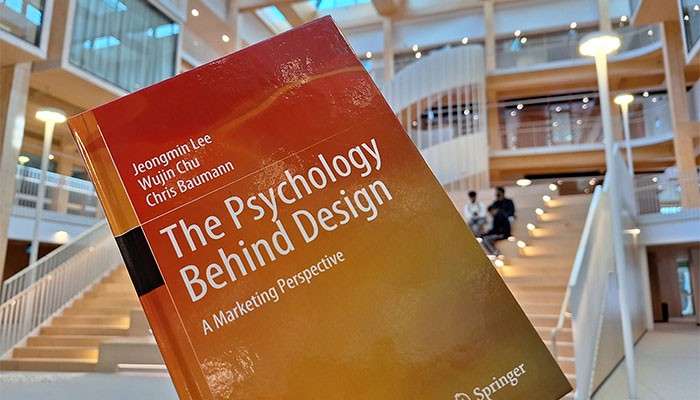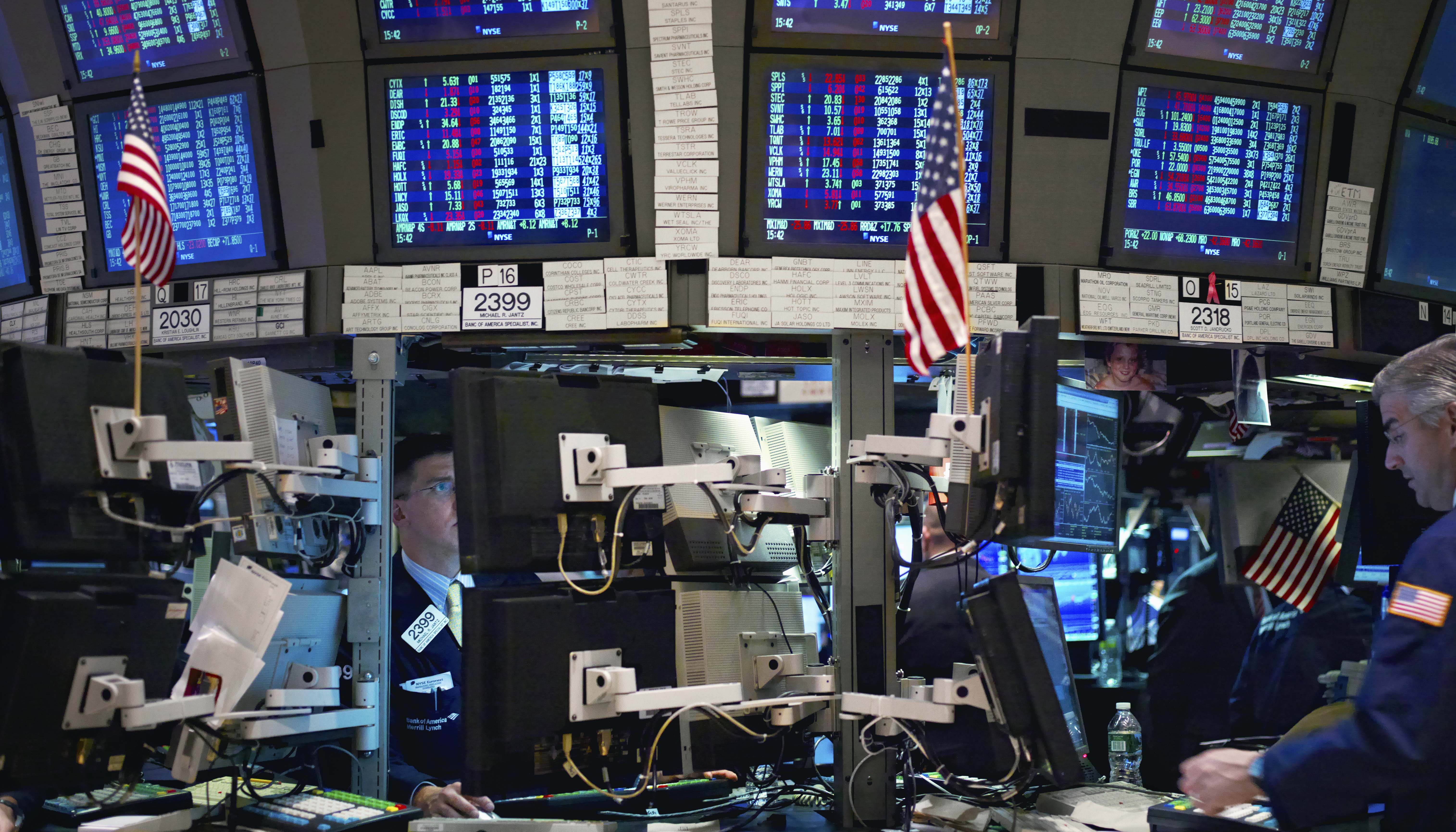It’s known as the ‘IKEA-effect’. You buy a flat-pack piece of furniture — a bookcase, table or chair — take it home, assemble it yourself and feel a deep sense of achievement and attachment to the object. This strategy not only reduces labour costs for IKEA but increases customer satisfaction with the product and loyalty to the Swedish home furnishings giant.

“For better or worse, this at-home assembly process creates a memory and ownership of the product,” says Dr Chris Baumann, a Professor in the Department of Marketing at the Macquarie University Business School.
“Evidence of the interface between design and psychology is literally everywhere we look," he says.
The Psychology Behind Design - A Marketing Perspective by Professor Baumann and two Korean academics, explores how designers combine psychology, marketing and behavioural economics to successfully woo customers.
A designer’s job is to find a design equilibrium between competing forces, says co-author Dr Wujin Chu, a Professor of Marketing at Seoul National University.
"Take the electric violin, for example. For functionality, the instrument could be designed in any shape and still produce the same sound," Professor Chu says. "But designers give it the partial contours of a traditional wooden violin so that consumers are drawn to the aesthetics of a familiar shape and then better appreciate the electric instrument’s novelty."
Nudge theory
The book discusses how designers use the ‘nudge' theory of behavioural economics to create retail spaces. According to the theory, consumer decisions can be influenced by gentle interventions such as placing certain grocery items at eye level. At IKEA, the theory is applied in the floor plan of every store to channel shoppers in a single direction from the entry to the checkout.
“The power of IKEA's retail space design is that it nudges people into certain types of behaviours,” Professor Chu says. “It forces you to move from the bathroom area to the kitchen to the bedroom area. You're exposed to just the right amount of product, so it’s mutually beneficial to the consumer and IKEA. You don’t feel controlled, but you actually are.”

Nudge theory is also found in user-interface designs such as websites used for buying airline tickets, says Professor Baumann. Would-be travellers shopping online are often presented with a choice between basic, standard and premium options, Professor Bauman says.
“The airline is primarily interested in making most consumers choose the standard plan, so they make the basic plan too bare-bones and the premium plan too expensive."
Offering a basic plan and a premium plan creates the illusion of more choice, but guides your decision towards the standard plan, allowing the business to standardise service delivery and optimise profits.
The Psychology Behind Design is published by Springer and is available in hardcover and as an e book.
Chris Baumann is Professor of Marketing in the Macquarie Business School. He co-authored the book with Jeongmin Lee, a Professor of Design at Gachon University, South Korea, and Wujin Chu, a Professor of Marketing at Seoul National University, South Korea.



